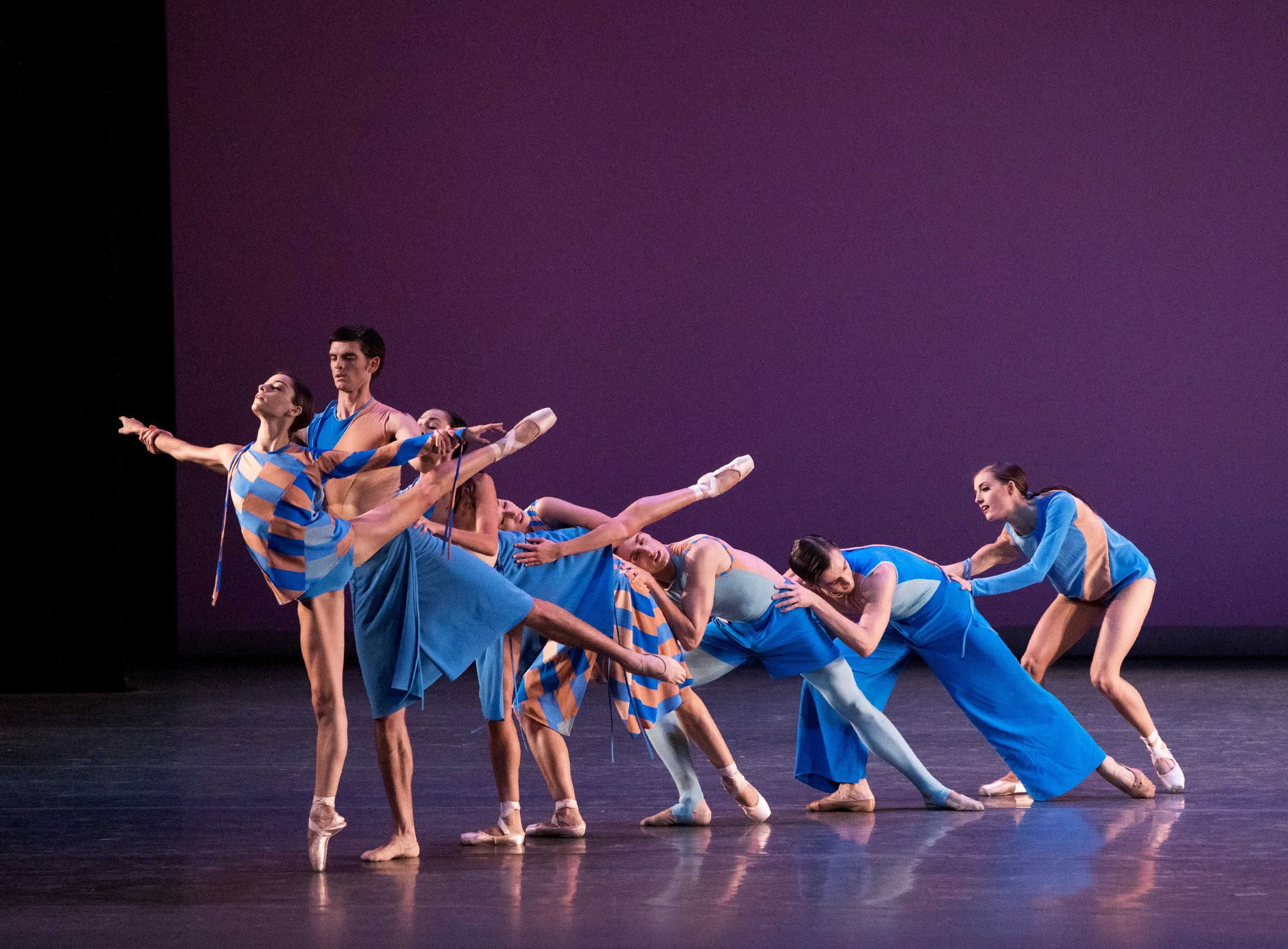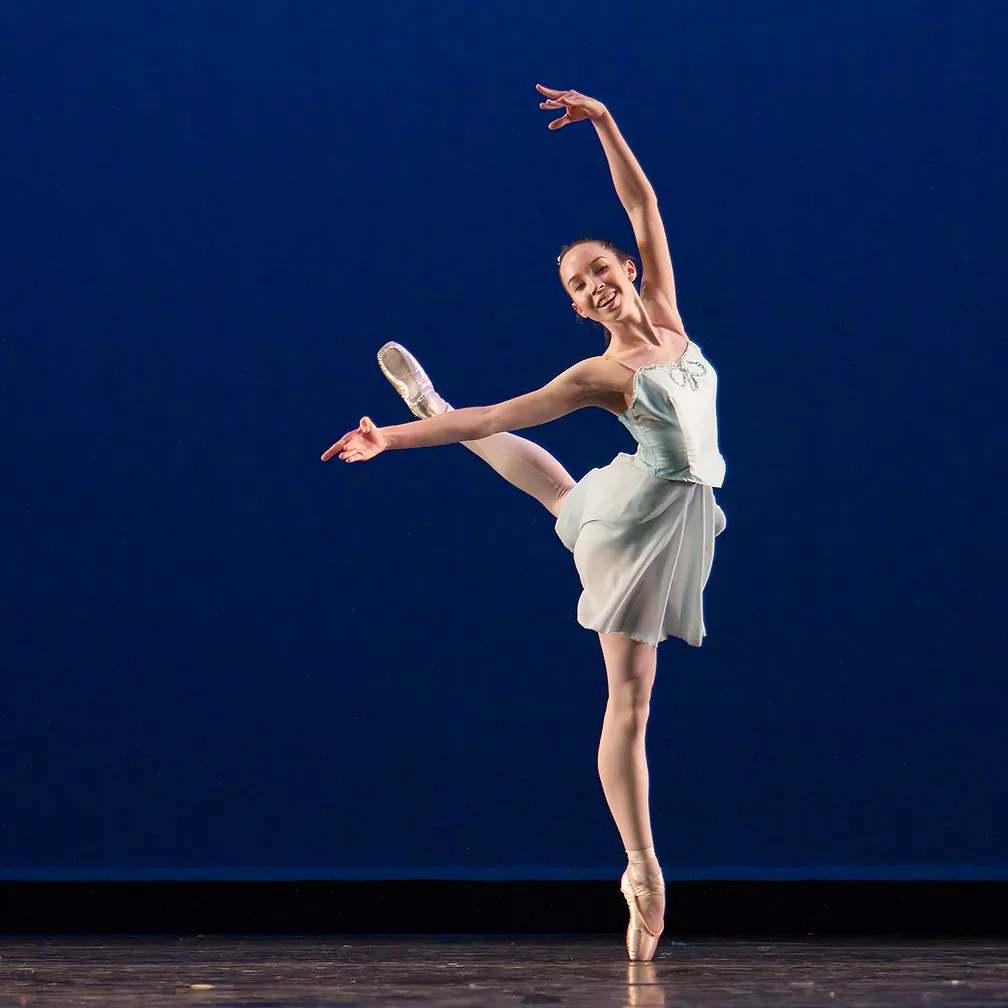The history of
ballet and dance
Origin of Ballet
Ballet originated in the Italian Renaissance courts of the 15th century. Noblemen and women were treated to lavish events, especially wedding celebrations, where dancing and music created an elaborate spectacle. Dancing masters taught the steps to the nobility, and the court participated in the performances. In the 16th century, Catherine de Medici — an Italian noblewoman, wife of King Henry II of France and a great patron of the arts — began to fund ballet in the French court. Her elaborate festivals encouraged the growth of ballet de cour, a program that included dance, decor, costume, song, music and poetry. A century later, King Louis XIV helped to popularize and standardize the art form. A passionate dancer, he performed many roles himself, including that of the Sun King in Ballet de la nuit. His love of ballet fostered its elevation from a past time for amateurs to an endeavor requiring professional training.
The 19th Century
Early classical ballets such as Giselle and La Sylphide were created during the Romantic Movement in the first half of the 19th century. This movement influenced art, music and ballet. It was concerned with the supernatural world of spirits and magic and often showed women as passive and fragile. These themes are reflected in the ballets of the time and are called romantic ballets.

Ballet Today
Russian Influence: A Ballet Pioneer
By the late 19th century, Russia emerged as a major influence in ballet’s evolution. The history of ballet in Russia goes back to Peter the Great and his quest to bring European art and culture to St Petersburg. He admired Louis XIV and saw the political power of the arts on display at Versailles. In 1734, he invited French ballet master Jean-Baptiste Lande to St Petersburg to join Rinaldi Fossano in teaching ballet to children. Empress Anna was so impressed by their recital that she started a school in 1738. This school became the St Petersburg Imperial Ballet School.

